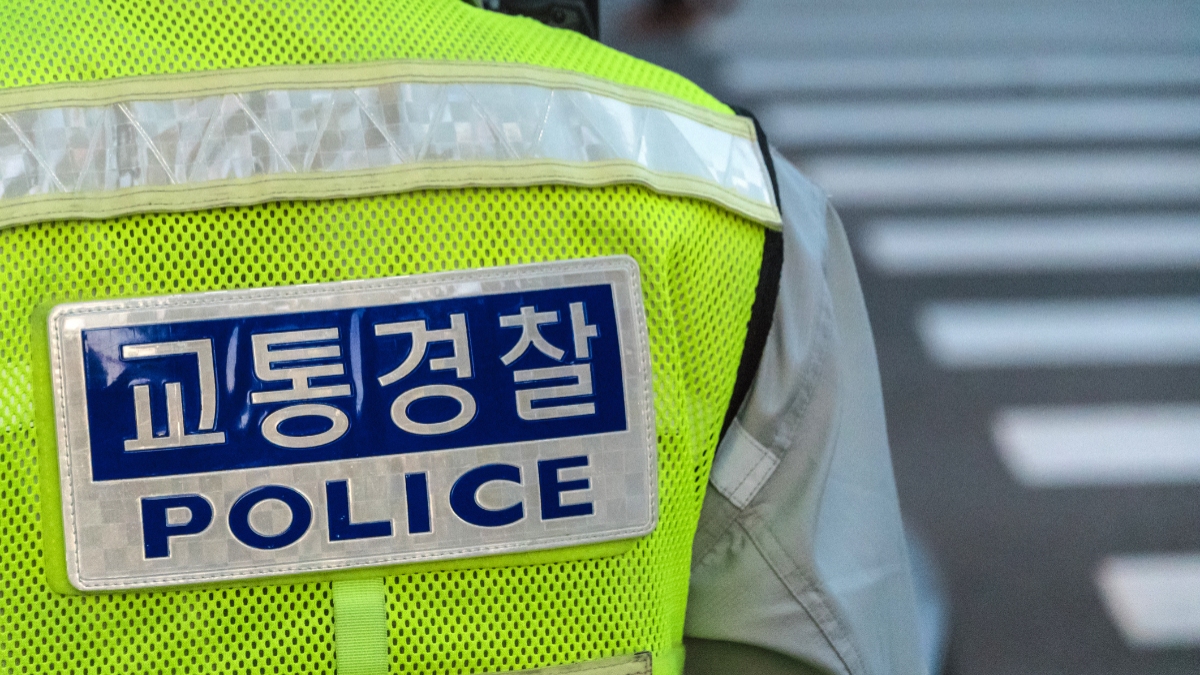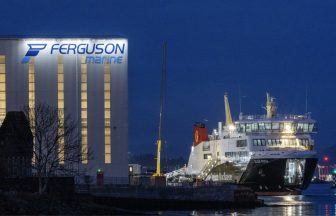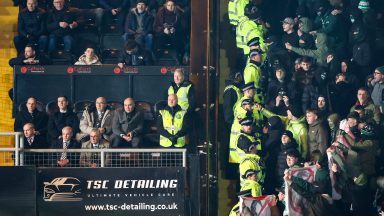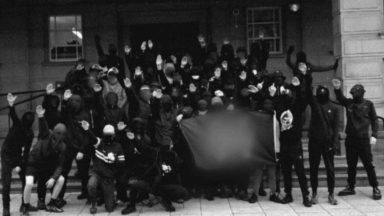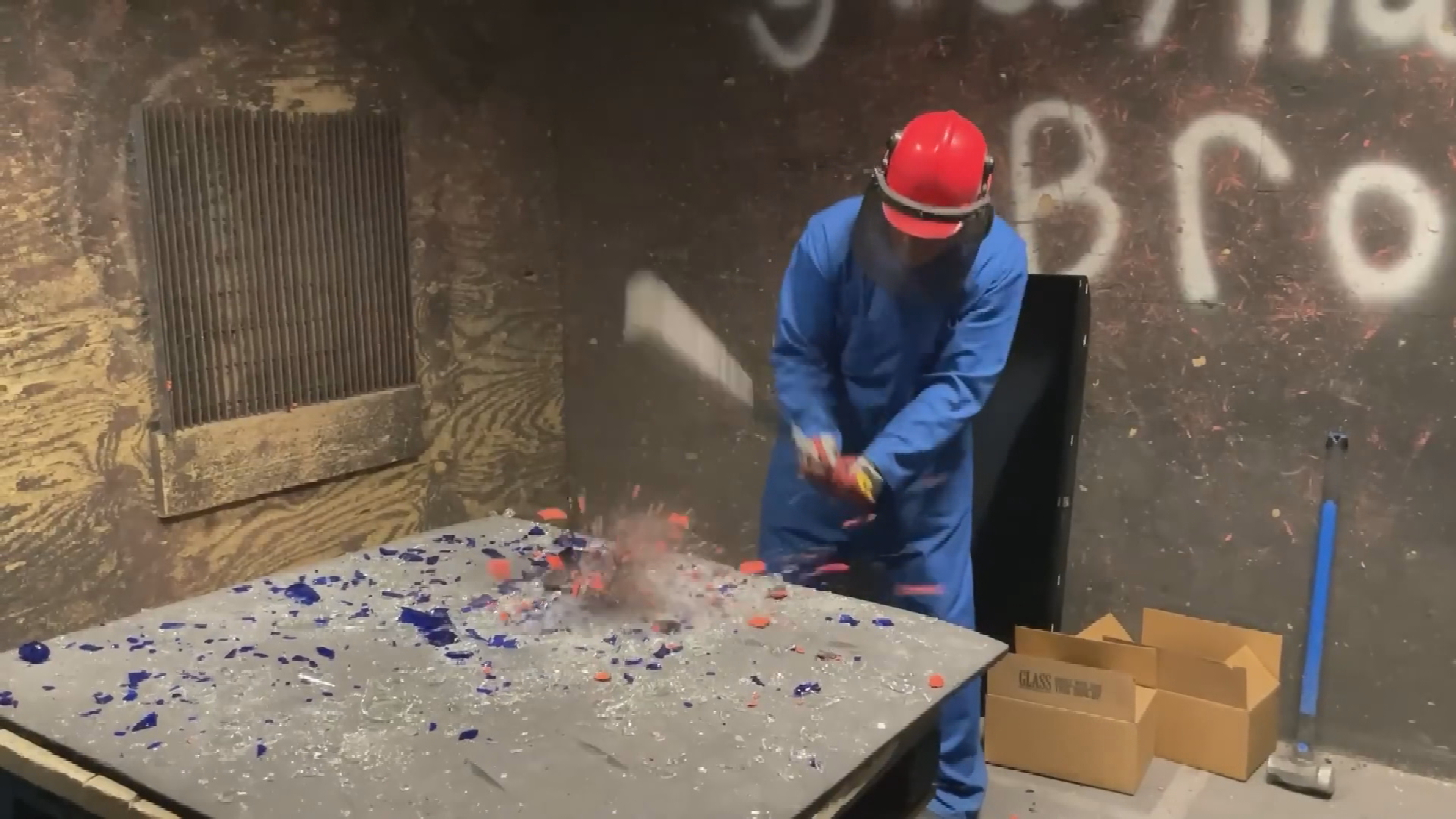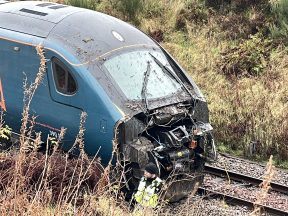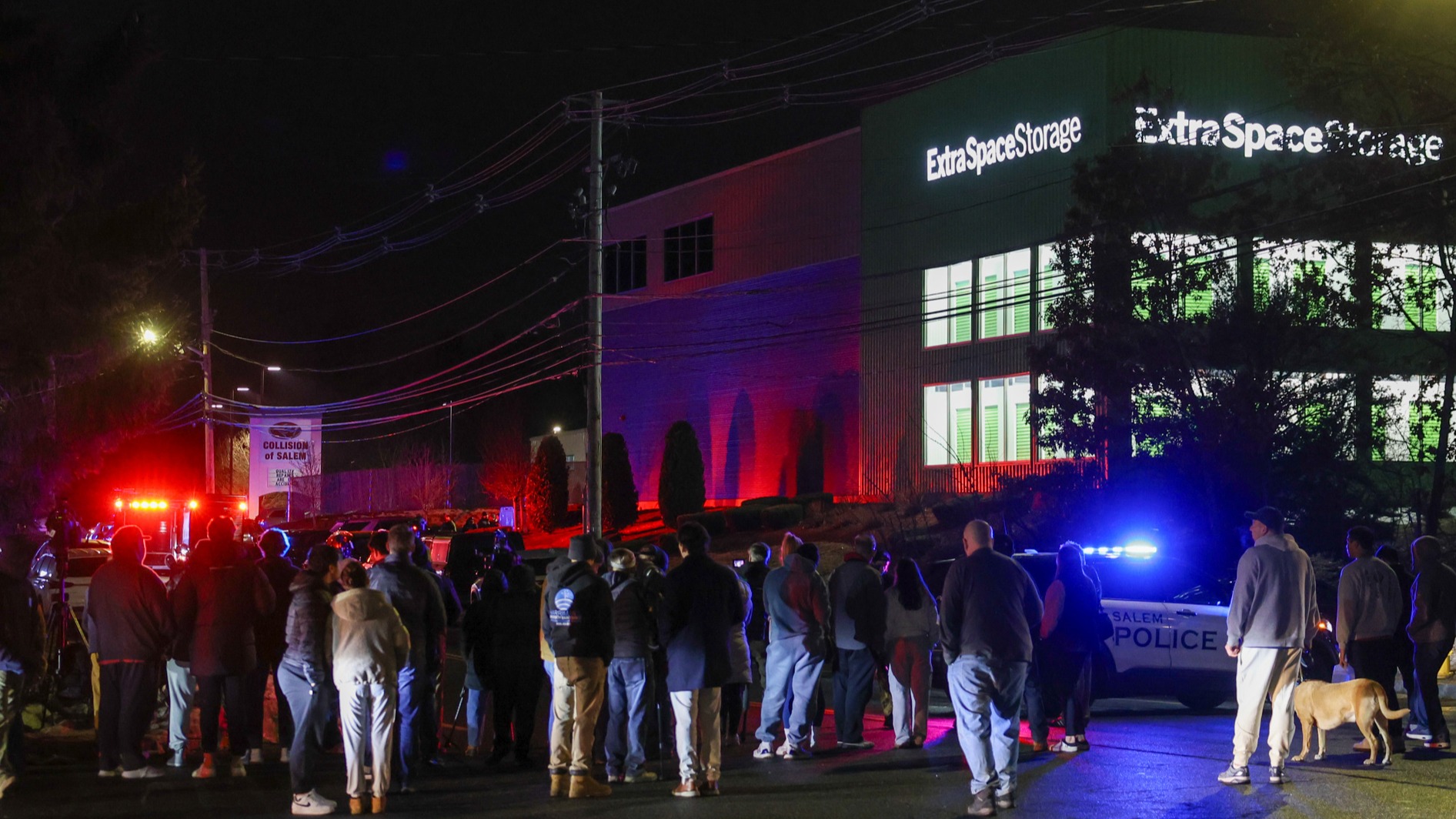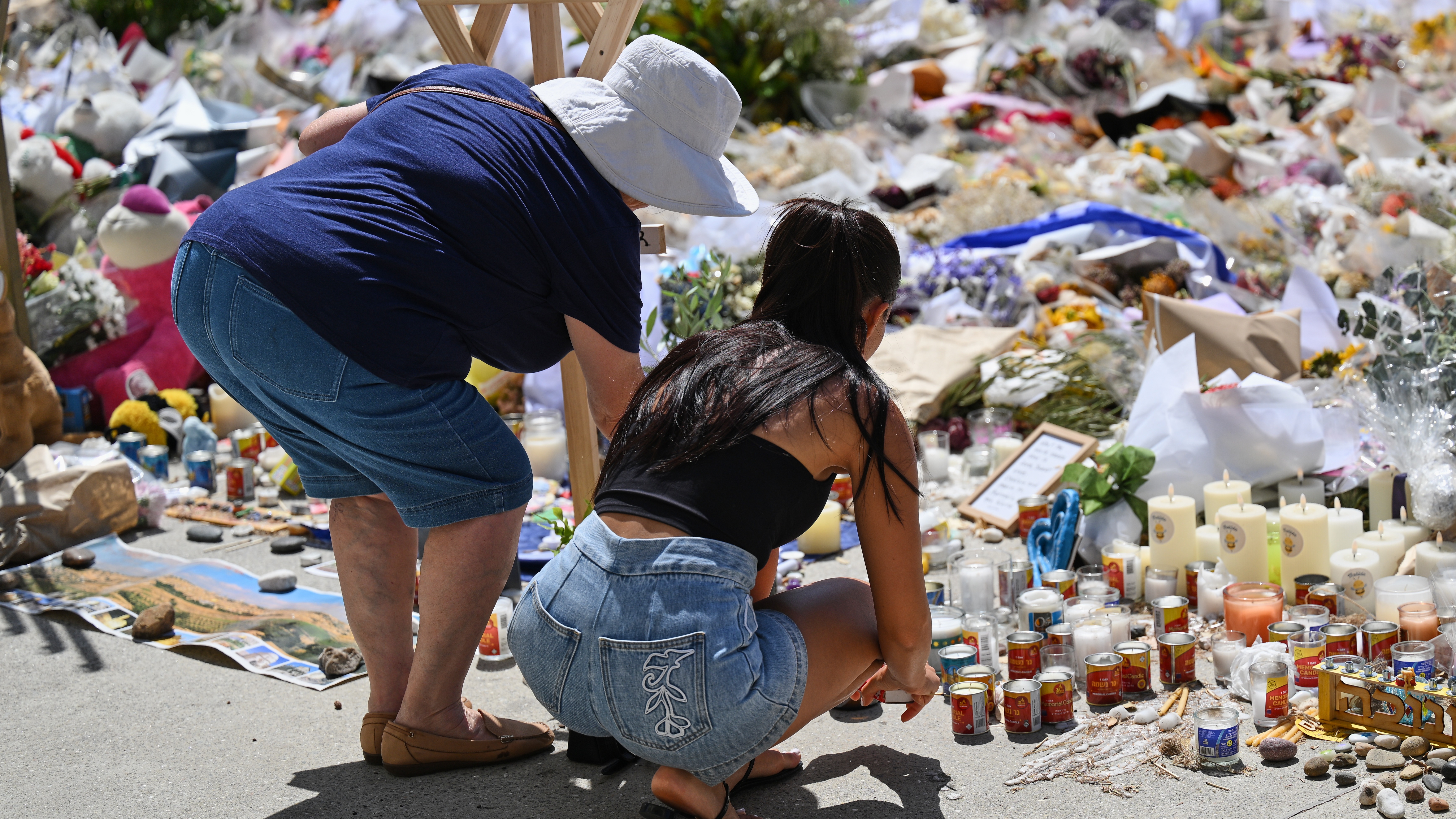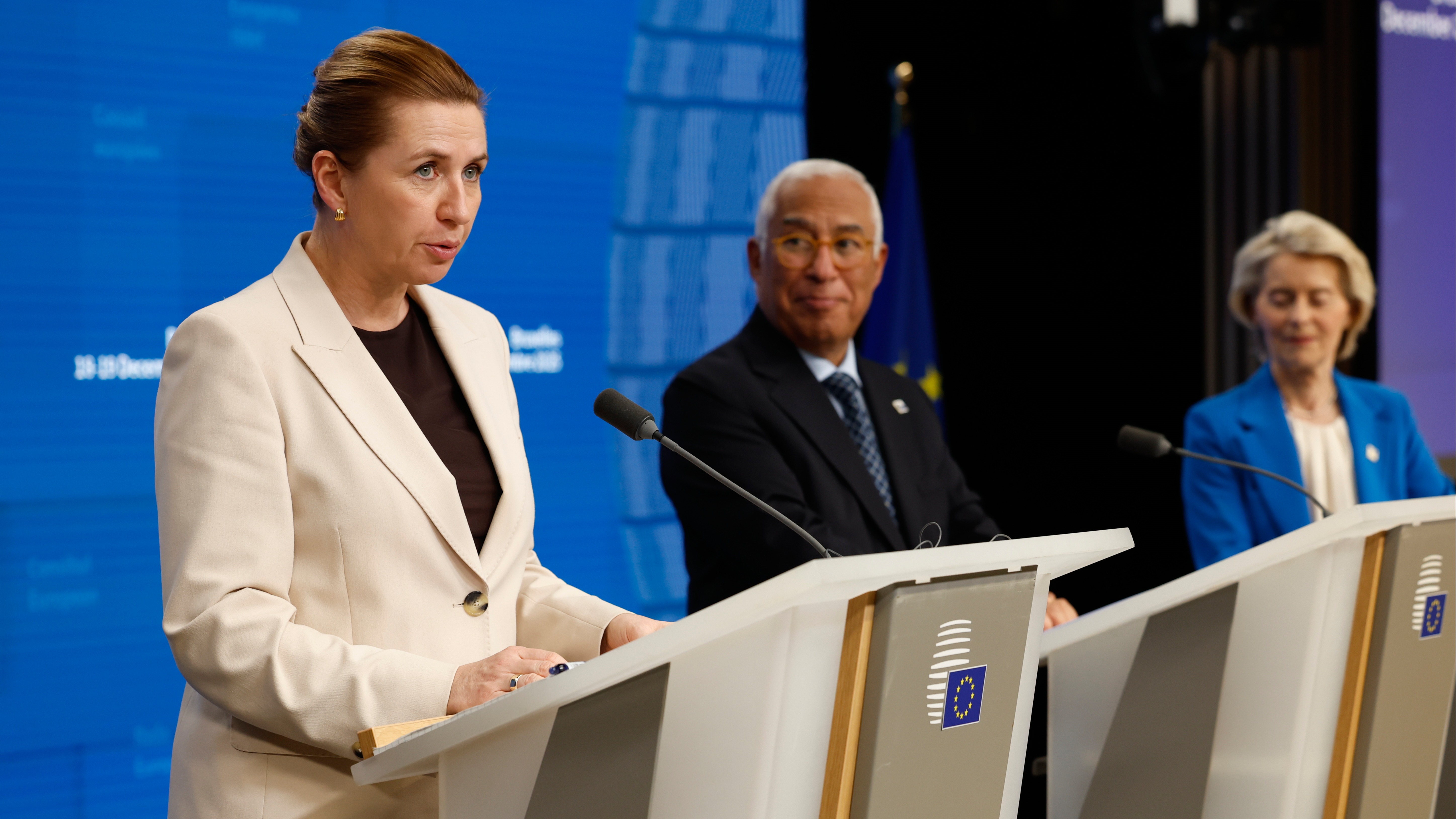Heavy downpours have lashed South Korea for a ninth day as rescue workers struggled to search for survivors in landslides, buckled homes and swamped vehicles.
At least 40 people have died, 34 others are injured and more than 10,000 people have had to evacuate from their homes since July 9, when heavy rain started pounding the country.
The most severe damage has been concentrated in South Korea’s central and southern regions.
In the central city of Cheongju, hundreds of rescue workers, including divers, continued to search for survivors in a muddy tunnel where about 15 vehicles, including a bus, got trapped in a flash flood that may have filled up the passageway within minutes on Saturday evening.
The government has deployed nearly 900 rescue workers to the tunnel, who have so far pulled up 13 bodies and rescued nine people who were treated for injuries.
It was not immediately clear how many people were in the submerged cars.
As of Monday afternoon, rescue workers had pumped out most of the water from the tunnel and were searching the site on foot, a day after they used rubber boats to move and transport bodies on stretchers.
Hundreds of emergency workers, soldiers and police were also looking for any survivors in the south-eastern town of Yechon, where at least nine people were dead and eight others listed as missing after landslides destroyed homes and buckled roads, the county office said.
Photos from the scene showed fire and police officers using search dogs while waddling through knee-high mud and debris from destroyed homes.
Nearly 200 homes and around 150 roads were damaged or destroyed across the country, while 28,607 people were without electricity over the past several days, the Ministry of the Interior and Safety said in a report.
The Korea Meteorological Administration maintained heavy rain warnings across large swaths of the country.
Torrential rains were dumping up to three centimetres (1.2 inches) per hour in some southern areas. The office said the central and southern regions could still get as much as 20 centimetres (7.9 inches) of additional rain through Tuesday.
Returning from a trip to Europe and Ukraine, South Korean President Yoon Suk Yeol held an emergency government meeting.
He called for officials to designate the areas hit hardest as special disaster zones to help funnel more financial and logistical assistance into relief efforts.
Follow STV News on WhatsApp
Scan the QR code on your mobile device for all the latest news from around the country


